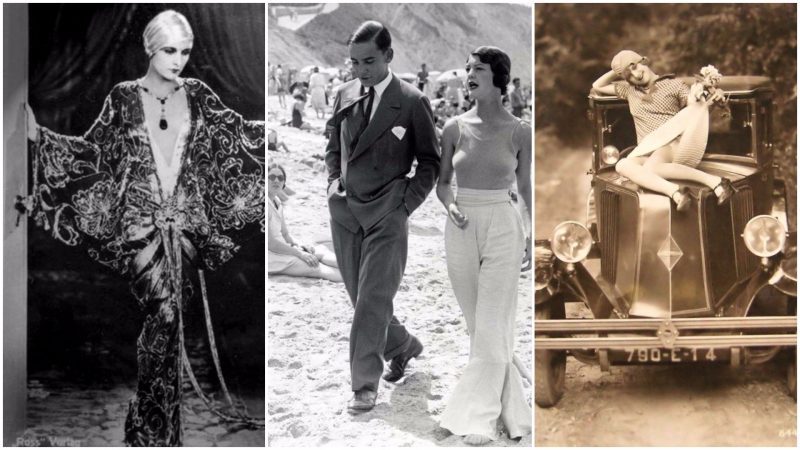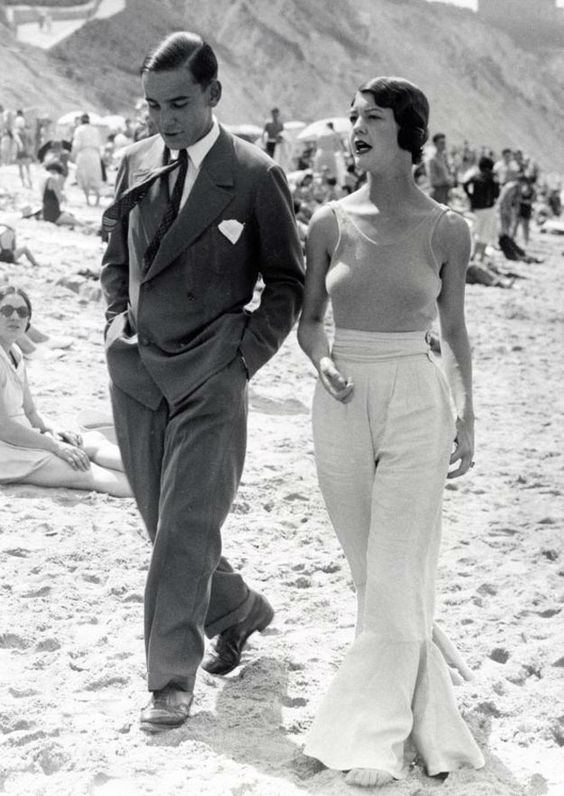
In the 1920s, a new woman was born. She smoked, drank, danced, and voted. She cut her hair, wore make-up, and went to petting parties. She was giddy and took risks. She was a flapper.
Before the start of WWI, the Gibson Girl was the rage. Inspired by Charles Dana Gibson’s drawings, the Gibson Girl wore her long hair loosely on top of her head and wore a long straight skirt and a shirt with a high collar.
She was feminine but also broke through several gender barriers for her attire allowed her to participate in sports, including golf, roller skating, and bicycling. Then World War I started. The young men of the world were being used as cannon fodder for an older generation’s ideals and mistakes. The attrition rate in the trenches left few with the hope that they would survive long enough to return home. Flappers were seen as brash for wearing excessive makeup, drinking, treating sex in a casual manner, smoking, driving automobiles, and otherwise flouting social and sexual norms. Flappers had their origins in the liberal period of the Roaring Twenties, the social, political turbulence and increased transatlantic cultural exchange that followed the end of WWI, as well as the export of American jazz culture to Europe.
When the war was over, the survivors went home and the world tried to return to normalcy. Unfortunately, settling down in peacetime proved more difficult than expected. During the war, the boys had fought against both the enemy and death in far away lands; the girls had bought into the patriotic fervor and aggressively entered the workforce. During the war, both the boys and the girls of this generation had broken out of society’s structure; they found it very difficult to return.
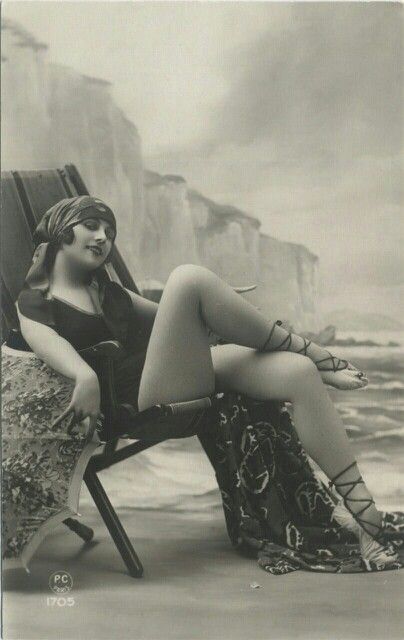
They found themselves expected to settle down into the humdrum routine of American life as if nothing had happened, to accept the moral dicta of elders who seemed to them still to be living in a Pollyanna land of rosy ideals which the war had killed for them. They couldn’t do it, and they very disrespectfully said so. Women were just as anxious as the men to avoid returning to society’s rules and roles after the war. In the age of the Gibson Girl, young women did not date, they waited until a proper young man formally paid her interest with suitable intentions (i.e. marriage).
However, nearly a whole generation of young men had died in the war, leaving nearly a whole generation of young women without possible suitors. Young women decided that they were not willing to waste away their young lives waiting idly for spinsterhood; they were going to enjoy life.
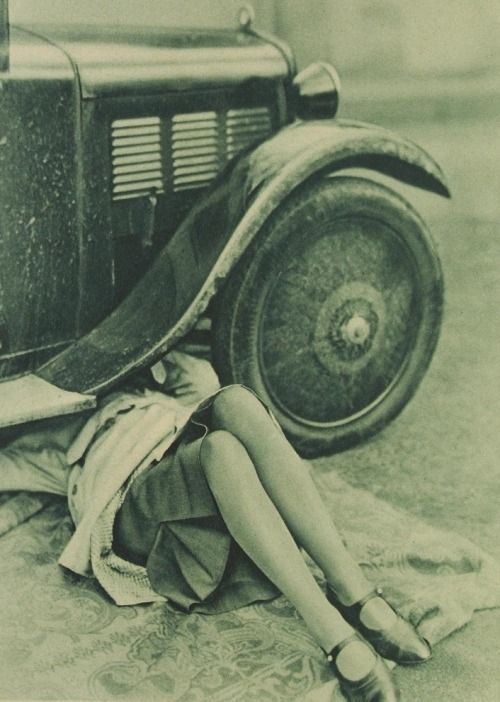
The flapper had an unmistakable look. The long locks of Victorian women lay on the floors of beauty parlors as young women cut their hair to shoulder length. Hemlines of dresses rose dramatically to the knee. The cosmetics industry flowered as women used make-up in large numbers. Flappers bound their chests and wore high heels. CLARA BOW, Hollywood’s “It” Girl, captured the flapper image for the nation to see.
Many women celebrated the age of the flapper as a female declaration of independence. Experimentation with new looks, jobs, and lifestyles seemed liberating compared with the socially silenced woman in the Victorian Age. The flappers chose activities to please themselves, not a father or husband. But critics were quick to elucidate the shortcomings of flapperism.
The political agenda embraced by the previous generation was largely ignored until the feminist revival of the 1960s. Many wondered if flappers were expressing themselves or acting like men. Smoking, drinking, and sexual experimentation were characteristic of the modern young woman. Short hair and bound chests added to the effect. One thing was certain: Despite the potential political and social gains or losses, the flappers of the 1920s sure managed to have a good time.
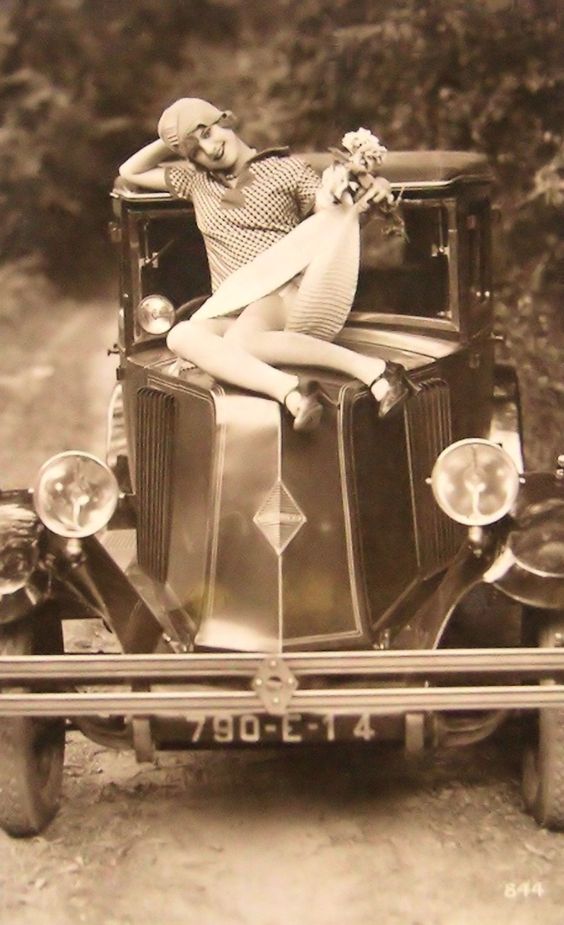
The outer clothing of flappers is even still extremely identifiable. This look, called “garconne” (“little boy”), was instigated by Coco Chanel To look more like a boy, women tightly wound their chest with strips of cloth in order to flatten it.The waists of flapper clothes were dropped to the hipline. She wore stockings – made of rayon (“artificial silk”) starting in 1923 – which the flapper often wore rolled over a garter belt.
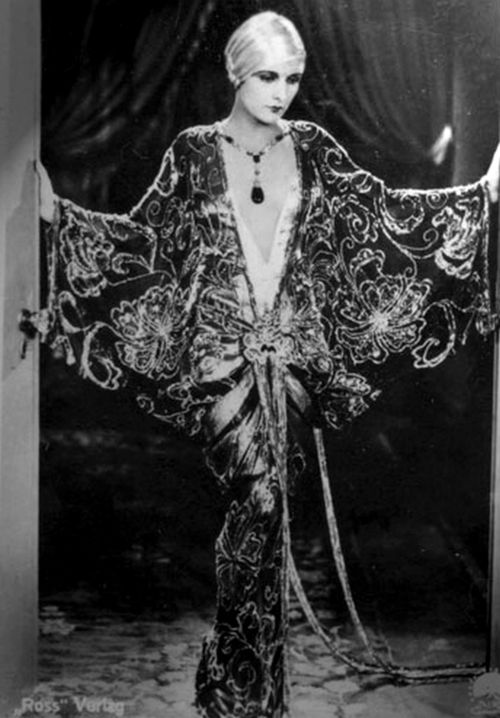
Flappers’ behavior was considered outlandish at the time and redefined women’s roles. In the English media they were stereotyped as pleasure-loving, reckless and prone to defy convention by initiating sexual relationships. Some have suggested that the flapper concept as a stage of life particular to young women was imported to England from Germany, where it originated “as a sexual reaction against the over-fed, under-exercised monumental woman, and as a compromise between pederasty and normal sex”.
In Germany teenage girls were called “Backfisch“, which meant a young fish not yet big enough to be sold in the market. Although the concept of “Backfisch” was known in England by the late 1880s, the term was understood to mean a very demure social type unlike the flapper, who was typically rebellious and defiant of convention. The evolving image of flappers was of independent young women who went by night to jazz clubs where they danced provocatively, smoked cigarettes and dated freely, perhaps indiscriminately.
They were active, sporting, rode bicycles, drove cars, and openly drank alcohol, a defiant act in the American period of Prohibition. With time, came the development of dance styles then considered shocking, such as the Charleston, the Shimmy, the Bunny Hug, and the Black Bottom.
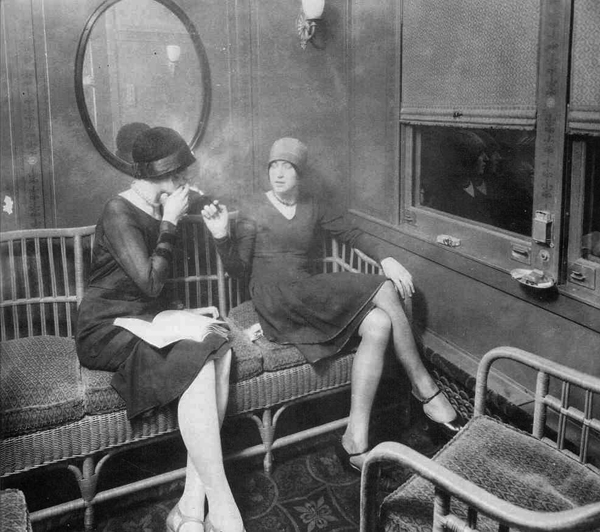
Flappers also began working outside the home and challenging women’s traditional societal roles.They were considered a significant challenge to traditional Victorian gender roles, devotion to plain-living, hard work and religion. Increasingly, women discarded old, rigid ideas about roles and embraced consumerism and personal choice, and were often described in terms of representing a “culture war” of old versus new. Flappers also advocated voting and women’s rights.
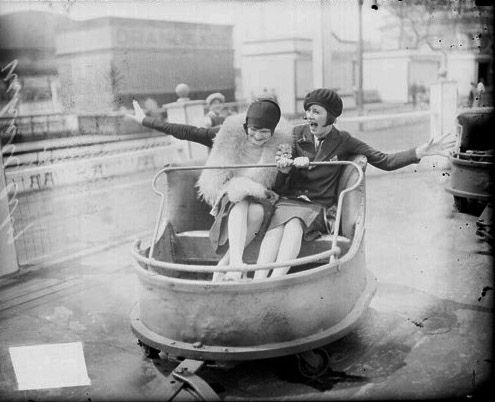
Jewelry usually consisted of art deco pieces, especially many layers of beaded necklaces. Pins, rings, and brooches came into style. Horn-rimmed glasses were also popular. source
For all the concern about women stepping out of their traditional roles, however, some say many flappers weren’t engaged in politics. In fact, older suffragettes, who fought for the right for women to vote, viewed flappers as vapid and in some ways unworthy of the enfranchisement they had worked so hard to win. Dorothy Dunbar Bromley, a noted liberal writer at the time, summed up this dichotomy by describing flappers as “truly modern”, “New Style” feminists who “admit that a full life calls for marriage and children” and also “are moved by an inescapable inner compulsion to be individuals in their own right”
Petting became more common than in the Victorian era. “Petting parties”, where petting (“making out” or foreplay) was the main attraction, became popular. In youthful imagination, it gave the lie to the old clichés of “the only man” and “the only girl”.This was typical on college campuses, where young people “spent a great deal of unsupervised time in mixed company”.
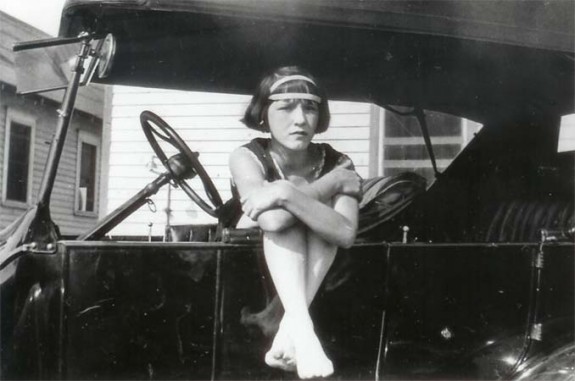
Carolyn Van Wyck ran a column in Photoplay, an upmarket magazine that featured articles on pop culture, advice on fashion, and even articles on helping readers channel their inner celebrity. In March 1926 an anonymous young woman wrote in describing petting as a problem, explaining “The boys all seem to do it and don’t seem to come back if you don’t do it also. We girls are at our wits’ end to know what to do.” and saying “I’m sure that I don’t want to marry anyone who is too slow to want to pet.
But I want to discover what is right. Please help me.” Van Wyck sympathized with the problem the writer faced and added, “It seems to me much better to be known as a flat tire and keep romance in one’s mind than to be called a hot date and have fear in one’s heart.”
In the 1950s, Life magazine depicted petting parties as “that famed and shocking institution of the ’20s”, and commenting on the Kinsey Report, said that they have been “very much with us ever since”
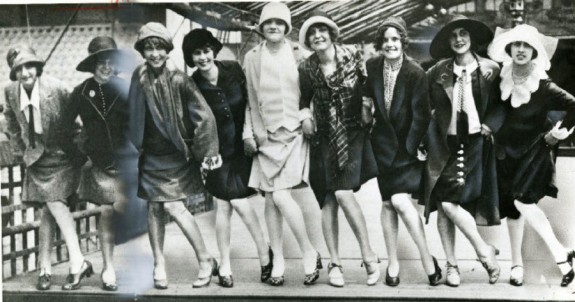
The flapper lifestyle and look disappeared in America after the Wall Street Crash and the following Great Depression. The high-spirited attitude and hedonism were less acceptable during the economic hardships of the 1930s. While hemlines rose, numerous states took action; making laws that restricted woman to wear skirts with hemlines no shorter than three inches above the ankle. The ever-popular bobbed haircut was the cause for some women being fired from their jobs.
It wasn’t until the Wall Street stock market crash of 1929 that the roaring 20’s era of glitz and glamour came to an end; and with it, the flapper dress. Unable to afford the latest trends and lifestyle, the once vibrant flapper women returned to their dropped hemlines. A sudden serious tone washed over the public with the appearance of The Great Depression. Transitioning into the thirties was no easy task.
Campaigns such as the, “Make do and Mend” slogan were becoming prevalent to ensure there was no over-consumption throughout society. Fabric choices were among the many items to be cut back on during this poverty-stricken time. The introductions of artificial fabrics were used instead of elegant fabrics, like silk, which were so popular in the early 1900s.
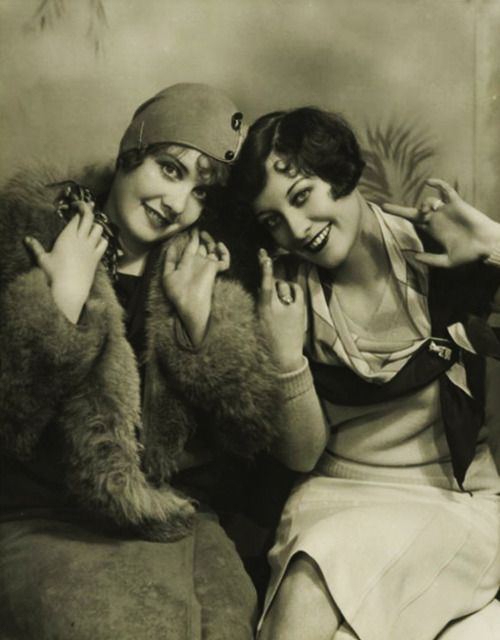
No longer were party dresses adorned with decorative embellishments or made brightly colored. Instead, women headed to work to take over men’s roles that were at war. The physically demanding jobs called for the creation and social acceptance of women’s pants in society. Although the era of the flapper had vanished almost overnight; its symbol for women’s liberation would live on. No longer would a woman have to be a homemaker. The freedom to choose her role in society was created. Even though many opposed the radical era, one can see how the flapper dress helped bridge a gap between genders in society; ultimately leading in the direction of women’s rights.
